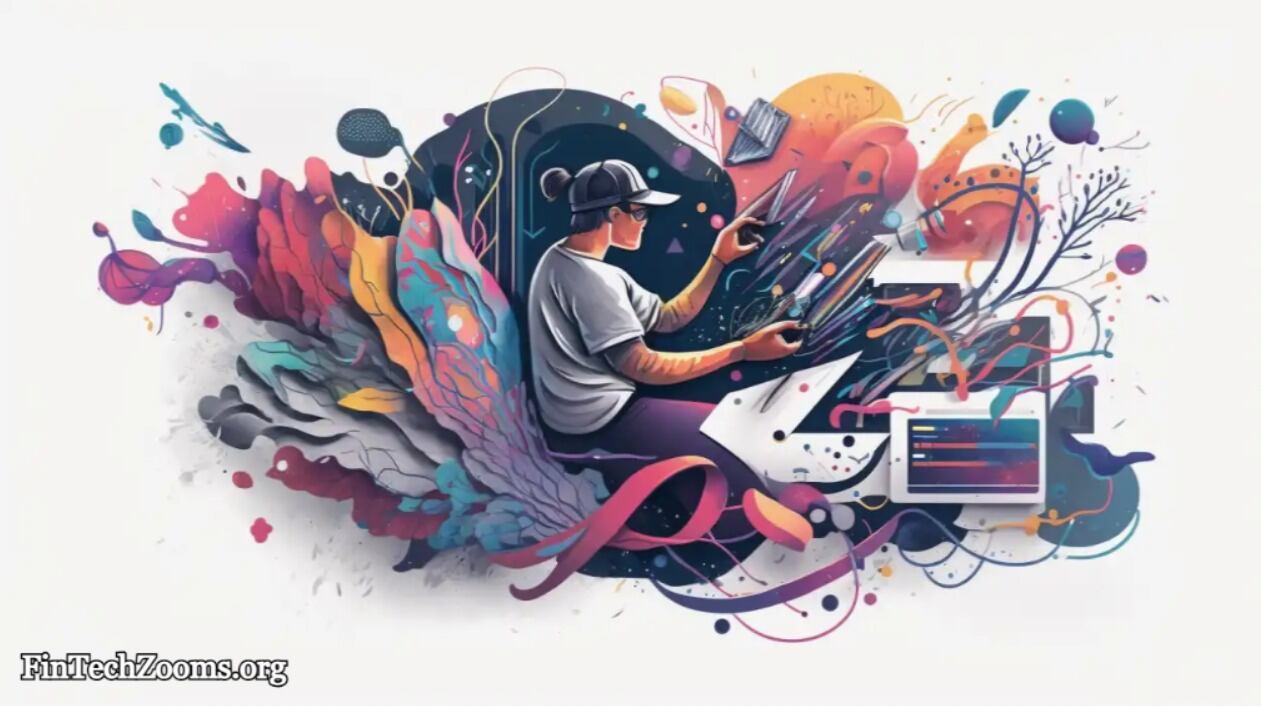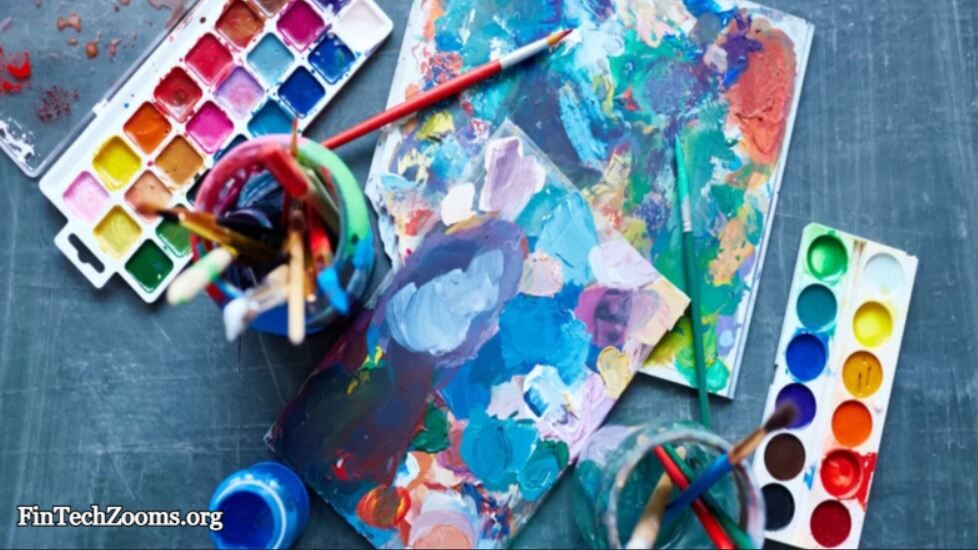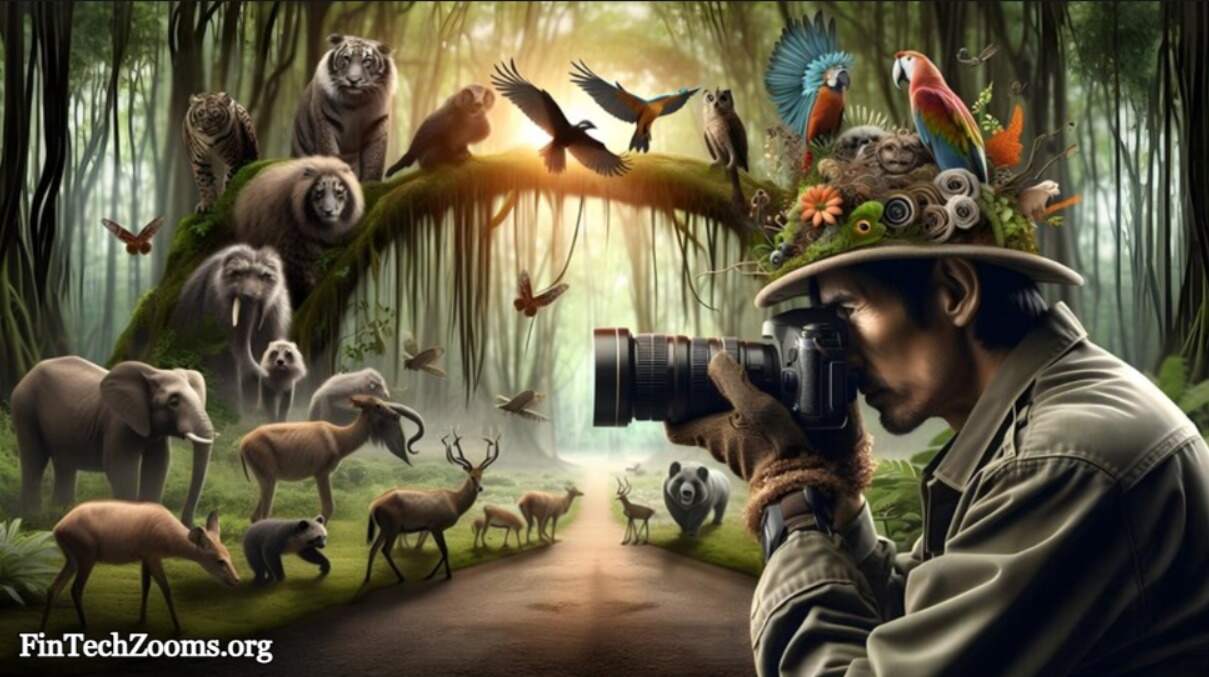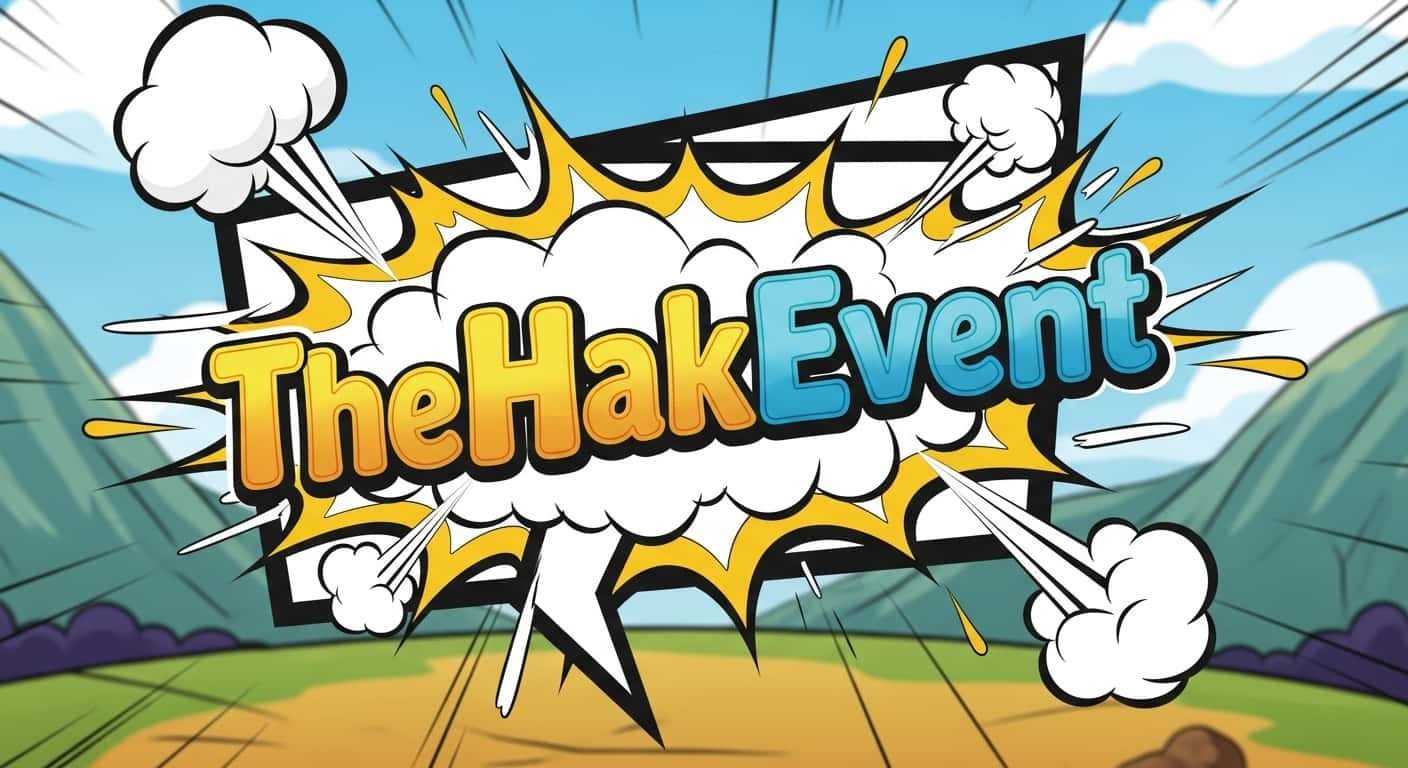Introduction
In today’s fast-paced digital world, art has transcended traditional canvases and gallery walls. Emerging trends in technology and design have fostered a vibrant ecosystem for artists and innovators alike. One such concept sparking interest across various creative communities is Artofzio.
Whether you’re an art enthusiast, a tech-savvy creator, or someone simply curious about the modern artistic landscape, this article will break down the essence of Artofzio in simple, conversational language.
Over the next 2500 words, we’ll dive deep into what Artofzio is, its significance in art and technology, and how it impacts both creators and consumers.
What is Artofzio?

Artofzio is a dynamic blend of art and technology that pushes the boundaries of traditional creativity. At its core, it represents an innovative approach to combining digital tools, artistic vision, and community engagement. Think of it as a digital playground where technology meets the timeless spirit of art.
While it might sound abstract at first, consider it a platform or concept (depending on your interpretation) that empowers creators to explore new forms of expression and enables audiences to interact with art in novel ways.
Breaking Down the Word “Artofzio”
- Art: In its most basic form, art is the expression of creativity, emotion, and intellectual exploration. Whether through painting, sculpture, music, or digital media, art connects deeply with human experiences.
- Ofzio: While “ofzio” might appear to be a modern twist on words, it can be interpreted as symbolizing innovation, fusion, or an offshoot of conventional norms. In the context of Artofzio, it hints at an evolving landscape where art is reimagined beyond traditional barriers.
This combination suggests a realm where creative expression is given new life through digital tools, community collaboration, and experimental processes.
The Digital Revolution in Art
Over the past few decades, we have witnessed a dramatic transformation in how art is created, shared, and appreciated. The digital revolution has democratized the art world, making it accessible to anyone with a computer or smartphone. Here are some of the key ways the digital revolution has impacted art:
Accessible Tools and Platforms
Today, a variety of digital tools and platforms are available for artists to create and showcase their work. Whether it’s digital painting software like Adobe Photoshop and Procreate or 3D modeling programs like Blender, these tools have allowed both professional artists and beginners to experiment with new techniques. Artofzio leverages this accessibility to foster a community where innovative art can flourish without the traditional barriers of entry.
Example:
Imagine a passionate amateur painter who can now use a free drawing app on a tablet to create beautiful artwork. Previously, access to high-quality art supplies and physical space might have been a challenge. Now, with digital tools and platforms like Artofzio, this painter can easily share their creations, gain feedback, and even collaborate with professionals from around the world.
Social Media and Global Connectivity
Social media has played a pivotal role in the evolution of art by connecting artists with audiences on a global scale. Platforms like Instagram, Pinterest, and TikTok serve as virtual galleries, where art is not just viewed but also interacted with through likes, shares, and comments. Artofzio builds on this connectivity by creating an interactive space where every piece of art is a conversation starter, inviting viewers to partake in the creative journey.
Scenario:
Consider an artist in a small town who creates intricate digital illustrations. Before platforms like Artofzio, getting recognition might have been challenging due to geographic limitations. Today, however, this artist can share their work online, build a community of followers, and even collaborate on projects with artists from different continents. This global connectivity opens up new avenues for collaboration and innovation.
How Artofzio is Shaping the Future of Art
Artofzio is more than just a platform or a concept—it represents a shift in the way we think about and interact with art. Here are several areas where Artofzio is making a significant impact:
1. Integration of Technology and Creativity
Artofzio epitomizes the successful integration of technology into the creative process. Traditional art forms and cutting-edge digital technologies are no longer mutually exclusive. The fusion of these two worlds has led to innovations such as:
- Digital Installations: Artists use projections, interactive screens, and augmented reality (AR) to create immersive experiences that transcend physical boundaries.
- AI-Enhanced Creativity: Artificial intelligence is being used to generate art, create intricate designs, and even provide inspiration for new creative endeavors. AI can process vast amounts of data to suggest color palettes, compositions, or even create entire artworks based on certain parameters defined by the artist.
Example:
One project on an Artofzio-inspired platform could involve an artist collaborating with an AI program. The artist inputs a rough idea or theme, and the AI generates multiple interpretations of that theme. The artist then refines these outputs, leading to a final piece that is a harmonious blend of human creativity and machine precision.
2. Community Collaboration and Crowdsourcing Ideas
One of the hallmarks of Artofzio is its emphasis on community and collaboration. Traditional art was often a solitary pursuit, but today’s digital landscape encourages interactive and collaborative creation. Artofzio offers a space where users can share ideas, provide feedback, and work together on projects.
Scenario:
Imagine a community-driven art project where artists from different disciplines—graphic designers, musicians, writers, and programmers—come together to create a multimedia masterpiece. Each contributor brings their unique perspective, and the final artwork becomes a tapestry woven from diverse creative threads. This kind of collaboration is at the heart of Artofzio’s philosophy.
3. Innovation in Art Distribution and Monetization
The traditional art market has long been dominated by galleries, art dealers, and auctions. However, digital platforms like Artofzio are democratizing art distribution. Artists can now sell digital copies, offer limited edition prints, or even create blockchain-based digital art (often referred to as NFTs).
Example:
A digital artist might create a unique piece using AR or interactive elements, then tokenize it as an NFT. Collectors around the world can purchase, own, and trade these digital assets. This process not only provides new revenue streams for artists but also ensures that the artwork has a traceable history, adding an extra layer of value and authenticity.
4. Educational Opportunities and Skill Development
Artofzio is also playing a significant role in education, offering tools and resources that help aspiring artists learn new skills. Online tutorials, webinars, and community workshops make it easier than ever to master digital art techniques.
Scenario:
A high school student interested in digital art could join an Artofzio community forum, attend live-streamed workshops on digital painting techniques, or participate in collaborative projects. This access to education and mentorship breaks down traditional barriers and nurtures the next generation of artists.
The Role of SEO and Digital Marketing in Promoting Art
In today’s digital age, creating exceptional art is only part of the equation. For artists to reach a wider audience, they need to understand the importance of digital marketing and search engine optimization (SEO). Let’s explore how SEO is relevant in the world of Artofzio and modern art promotion.
Understanding SEO
SEO is the practice of optimizing online content so that it ranks higher in search engine results. When someone searches for art-related content, well-optimized pages are more likely to appear at the top of the results, driving more traffic and increasing visibility. For platforms like Artofzio, SEO helps bridge the gap between creators and their target audience.
Key SEO Strategies:
- Keyword Research: Identifying terms and phrases that potential visitors are likely to use when searching for art-related content. For Artofzio, keywords might include “digital art,” “AI creativity,” “community art platform,” and “interactive digital art.”
- High-Quality Content: Creating valuable and engaging content that addresses the interests and needs of your target audience. This includes tutorials, blog posts, videos, and interactive experiences.
- Link Building: Collaborating with other reputable websites and platforms to build quality backlinks, which improve the authority and trustworthiness of your site.
- User Experience (UX): Ensuring that the website or platform is easy to navigate, loads quickly, and is mobile-friendly.
How Artofzio Utilizes SEO
By integrating SEO strategies, Artofzio ensures that artists and art enthusiasts can find the platform easily. This not only boosts visibility but also encourages community growth and collaboration. With an SEO-optimized platform, Artofzio can reach a global audience, bringing together creators from different parts of the world.
Practical Example:
An artist posting a step-by-step tutorial on creating digital art with augmented reality might include keywords like “AR art tutorial” and “digital art techniques.” By doing so, their content is more likely to appear in search engine results when someone searches for these terms, driving traffic to both their work and the Artofzio platform.
The Impact of Artofzio on Traditional Art Forms
While digital art continues to rise in popularity, traditional art forms remain deeply cherished. Artofzio is uniquely positioned to bridge the gap between the traditional and the modern, ensuring that both realms can thrive together. Here’s how:
Preserving Traditional Techniques
Digital platforms allow artists to document and share traditional art techniques. Whether it’s a classic oil painting method or intricate calligraphy, the wealth of knowledge from traditional arts can be preserved and passed down to new generations.
Example:
A master painter might record a video series demonstrating centuries-old techniques. On Artofzio, this video can be accompanied by detailed blog posts and interactive discussions, ensuring that the knowledge is accessible to both aspiring and experienced artists.
Enhancing Traditional Art with Digital Innovation
Rather than replacing traditional art, Artofzio encourages the integration of digital tools to enhance and complement conventional techniques. For instance, artists might blend hand-drawn sketches with digital enhancements to create mixed media pieces that offer a fresh perspective.
Scenario:
Imagine a series of portraits that begin as pencil sketches on paper. The artist then scans these sketches into a digital platform and uses software to add vibrant colors and textures. The result is a seamless fusion of traditional and digital artistry—a modern twist on a classic form that invites exploration and debate.
Creating a Dialogue Between Art Forms
One of the most exciting aspects of platforms like Artofzio is their ability to create dialogue between different art forms. By hosting virtual galleries and online exhibitions, Artofzio invites both digital and traditional artists to showcase their work side-by-side, encouraging conversations about art’s evolving nature.
Practical Insight:
An online exhibition might feature a digital artist alongside a traditional muralist. Visitors can interact with both, exploring the contrasts and similarities between the art forms. This cross-pollination of ideas enriches the cultural dialogue and provides new perspectives on the boundaries of creativity.
Navigating the Challenges of the Digital Art Landscape
While the convergence of art and technology brings immense opportunities, it also introduces a set of challenges that creators and enthusiasts need to navigate.
Copyright and Ownership
One of the primary concerns in the digital art world is copyright and ownership. With art being so easily shared and reproduced online, protecting the intellectual property of artists has become increasingly complex.
Discussion:
On platforms like Artofzio, clear guidelines and protection mechanisms are essential. These might include digital watermarking, blockchain-based ownership tracking (as seen in NFTs), and robust legal frameworks to handle disputes. By addressing these concerns head-on, Artofzio aims to create a secure environment for artists to share and sell their work.
Quality Control and Originality
With so much content being produced digitally, maintaining quality and originality can be challenging. The risk of content flooding the internet with repetitive or derivative works is real. However, community-driven platforms like Artofzio address this through peer reviews, curation, and collaborative projects that incentivize originality and high-quality content.
Example:
An editorial team or community moderators might work alongside AI tools to highlight the most innovative and original pieces. This system not only rewards creativity but also helps users navigate the vast sea of digital content to discover genuinely inspiring work.
The Digital Divide
Despite the proliferation of digital tools, not everyone has equal access to the internet or modern technology. This digital divide can create disparities in who gets to participate in the contemporary art scene. Platforms like Artofzio are continuously working towards inclusive practices that encourage participation from diverse communities around the world, ensuring that creativity isn’t confined to those with the latest technology.
Scenario:
Artofzio might launch initiatives that offer free resources and training for underrepresented communities. By providing offline workshops, partnerships with local art centers, or even mobile-friendly platforms that work on older devices, the platform can help bridge the gap and democratize access to art.
The Future of Artofzio and Digital Creativity
As we look forward into the next few decades, the realms of art and technology are set to evolve even further. Here are some exciting trends and predictions for the future that could shape platforms like Artofzio:
Virtual Reality (VR) and Augmented Reality (AR)
VR and AR are already changing the way we experience art, and their integration into digital art platforms is only set to expand. Imagine donning a VR headset and stepping into a virtual gallery where you can interact with artworks in three-dimensional space. Or using your smartphone to overlay digital art onto your physical surroundings. Artofzio is poised to be at the forefront of this revolution.
Future Scenario:
An upcoming virtual exhibition on Artofzio might allow visitors to “walk through” digital landscapes. They could interact with floating sculptures, manipulate digital installations, or even participate in live, multi-user art battles where creativity is the only limit.
The Rise of AI-Driven Art
AI is becoming an increasingly important tool in the creative process. From generating art based on user inputs to assisting in intricate design tasks, the role of AI is evolving. Future iterations of Artofzio could see a much deeper integration of AI, where artists work alongside intelligent systems to push the boundaries of creativity even further.
Thought-Provoking Example:
Imagine an AI that learns your unique style and preferences over time. As you work on your art, the AI offers tailored suggestions, helping refine your technique or even introducing you to new creative methods. This symbiotic relationship between human creativity and machine learning could lead to new forms of art that are both surprising and deeply personal.
Enhanced Interactivity and Personalization
The future of digital art platforms lies in personalization—tailoring the creative experience to each user’s preferences and needs. Artofzio might incorporate advanced algorithms to recommend artworks, collaborations, or even personalized learning paths for aspiring artists.
Potential Benefit:
For a user who loves minimalist digital art, the platform could curate a feed of similar styles, suggest online courses on minimalist design, or even connect them with like-minded artists for collaboration. This personalized approach not only enhances user satisfaction but also builds a stronger, more interconnected creative community.
Sustainability and Ethical Considerations
As digital platforms continue to expand, issues of sustainability and ethics become increasingly important. Artofzio, like many modern digital platforms, will need to address concerns related to digital waste, energy consumption (especially with blockchain and NFT technology), and the ethical implications of AI in art creation.
Strategic Focus:
Future developments might include incorporating green hosting solutions, promoting sustainable digital practices, or establishing ethical guidelines for AI-generated content. These initiatives ensure that as the art world embraces digital innovation, it also remains responsible and conscious of its broader impact on society.
How to Get Started with Artofzio
If you’re inspired by the concept of Artofzio and are eager to dive into the digital art scene, here are some practical steps to help you get started:
1. Join an Online Community
Start by joining platforms and forums where digital artists and enthusiasts congregate. These communities are treasure troves of advice, feedback, and inspiration. Whether it’s through social media groups, dedicated art platforms, or even local meetups, immerse yourself in the community.
Tip:
Look for platforms that emphasize collaboration and provide resources for artists at all levels. Engaging with like-minded individuals can accelerate your learning process and spark new ideas.
2. Invest in Basic Digital Tools
While high-end software and hardware can enhance your creative experience, you don’t need an expensive setup to begin. Many free or low-cost digital art tools can help you hone your skills. Explore various software options, experiment with different techniques, and gradually build your digital toolkit.
Suggested Tools:
- Digital Drawing Apps: Tools like Krita, GIMP, or Procreate (for iPad users) are great starting points.
- Photo Editing Software: Programs such as Adobe Photoshop or even free alternatives like Photopea offer robust editing capabilities.
- Graphic Tablets: Even an affordable drawing tablet can significantly improve your digital art experience by providing more precision than a mouse.
3. Participate in Workshops and Online Courses
There’s a wealth of educational content available online for budding digital artists. Look for tutorials, webinars, and even live-streamed art sessions. Platforms like Artofzio often offer free or subscription-based learning modules designed to help you master both traditional and digital techniques.
Example:
Enroll in a course on digital illustration or attend a live Q&A session with a professional artist. Not only will you learn new skills, but you’ll also have the opportunity to network with other creatives.
4. Experiment and Collaborate
One of the joys of the digital art world is the freedom to experiment without the constraints of physical media. Try new techniques, blend traditional methods with digital innovation, and don’t be afraid to make mistakes. Remember, each misstep is an opportunity to learn and grow.
Collaboration Opportunity:
Reach out to other artists you admire. Whether it’s through online forums or local art groups, collaboration can lead to unexpected and rewarding creative outcomes. These partnerships can result in joint projects, exhibitions, or even new series that push the envelope of digital creativity.
5. Stay Informed About Industry Trends
The world of digital art and technology is constantly evolving. To stay ahead, make it a habit to follow industry news, subscribe to art and tech blogs, and participate in relevant webinars and conferences. Keeping up with trends helps you understand the broader context in which Artofzio operates and can inspire new ideas for your creative projects.
Learning Resource:
Follow platforms like Medium, art-focused subreddits, or YouTube channels dedicated to digital art and technology. These sources often provide insights into emerging trends, tools, and innovative techniques that shape the future of creativity.
Success Stories and Real-World Applications
To further illustrate the transformative power of platforms like Artofzio, let’s look at some success stories and real-world applications where the fusion of art and digital technology has made a significant impact.
Story 1: A Local Artist Goes Global
Consider the journey of a local artist named Maya. Based in a small town, Maya had a passion for both traditional painting and digital art. However, geographical limitations and a lack of exposure were hindering her growth. When she discovered a digital community platform inspired by the Artofzio concept, everything changed.
Maya began uploading her artwork online, participated in community challenges, and even joined collaborative projects with artists from different countries. Her unique blend of traditional and digital techniques quickly caught the attention of art collectors and digital enthusiasts worldwide.
Today, Maya sells her digital prints globally, and her work has been featured in virtual exhibitions—a testament to the transformative power of digital platforms and community collaboration.
Story 2: Reinventing Public Spaces with Digital Art
In another inspiring example, a city council partnered with digital artists to rejuvenate public spaces. They organized a community art festival where local digital artists used projection mapping to transform blank walls and public squares into vibrant canvases.
This initiative, much like the projects encouraged by Artofzio, not only beautified the city but also engaged residents in an interactive art experience. The project sparked widespread interest and became a model for other cities looking to merge technology with urban revitalization.
Story 3: Educational Empowerment Through Digital Art
A non-profit organization aimed at empowering underprivileged youth introduced a digital art program. The program provided free digital tools and online courses, much in the spirit of Artofzio’s educational initiatives, to help young individuals discover their creativity.
Participants not only learned digital art skills but also gained confidence and a sense of community. Many of these young artists have gone on to pursue formal education in art and design, proving that access to digital platforms can truly transform lives.
The Broader Impact on Culture and Society

The influence of Artofzio extends beyond just individual artists and creative projects. It has the potential to reshape cultural norms and societal values in profound ways.
Democratizing Art
One of the most significant advantages of digital platforms like Artofzio is the democratization of art. In the past, accessing art was often limited to those who could afford it or had connections within exclusive circles.
Today, digital platforms give everyone a chance to view, create, and appreciate art. This democratization promotes diversity and inclusivity, enriching the cultural dialogue and making art accessible to all.
Encouraging Cross-Cultural Exchange
Digital art platforms break down geographical barriers, allowing people from different cultural backgrounds to share their unique perspectives. This cross-cultural exchange helps foster understanding and collaboration, leading to art that reflects a richer tapestry of human experience.
By encouraging artists to draw inspiration from diverse sources, platforms inspired by Artofzio contribute to a more interconnected and empathetic global community.
Inspiring Social Change
Art has always been a powerful medium for social commentary and change. The interactive, communal nature of platforms like Artofzio amplifies this power by making it easier for artists to raise awareness on critical issues, spark conversations, and mobilize communities around causes they care about.
Whether it’s through digital installations addressing climate change or collaborative projects that highlight social justice themes, digital art has the potential to drive meaningful change in society.
Conclusion
Artofzio is more than just a buzzword in the art and technology space—it represents a bold and innovative way of thinking about creativity in the digital age. By merging the timeless essence of art with the transformative power of technology, Artofzio opens up new possibilities for artists, educators, and communities worldwide.



